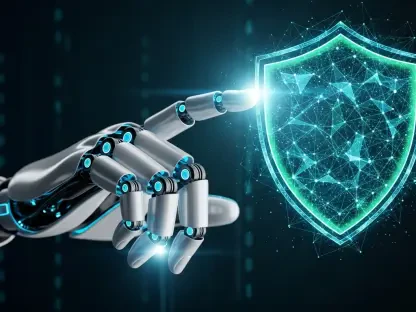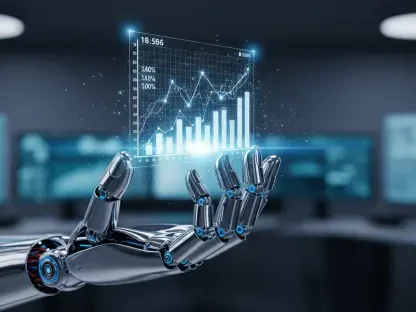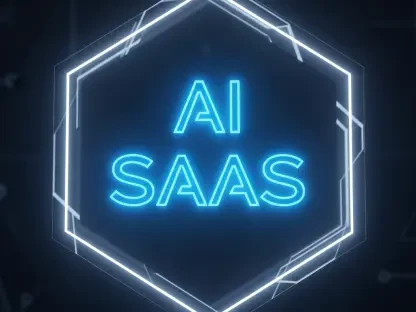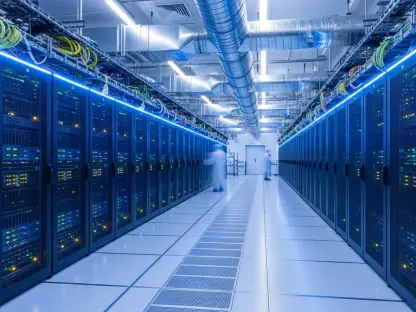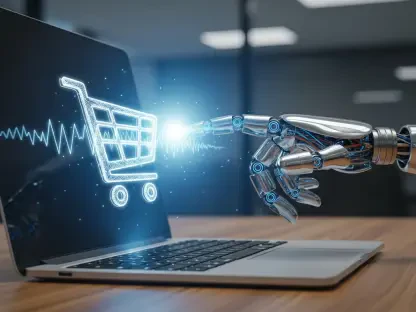Today, we’re thrilled to sit down with Vijay Raina, a renowned expert in enterprise SaaS technology and software design. With a deep background in crafting innovative solutions and providing thought leadership in software architecture, Vijay brings a unique perspective to the evolving world of workplace technology. Our conversation dives into the groundbreaking concept of AI-driven digital twins, exploring how they can transform communication and coordination in organizations, tackle privacy challenges, and reshape the future of work.
How did the idea of digital twins for employees come about, and what inspired you to explore this technology for workplace solutions?
The concept of digital twins for employees stemmed from a very real pain point: the inefficiencies that arise when key team members are unavailable. Whether someone is on vacation or working in a different time zone, projects often stall waiting for critical information. I started thinking about how AI, especially large language models, could replicate an employee’s knowledge base in a secure way. The inspiration came from seeing how much time is lost in coordination and imagining a world where you could instantly access a colleague’s insights without needing them to be online.
What specific workplace challenges convinced you that digital twins were a necessary innovation?
One major challenge is the bottleneck created by siloed information. Employees often hold unique knowledge about projects or processes that isn’t easily accessible to others. This leads to delays, miscommunication, and frustration. Additionally, as remote and hybrid work became the norm, the problem of asynchronous collaboration grew. I saw digital twins as a way to bridge these gaps, ensuring teams could keep moving forward without being hindered by someone’s availability.
Can you walk us through the process of creating a digital twin for an employee in an organization?
Absolutely. The process starts by integrating with internal systems where employees store their work—think email, messaging platforms, and document repositories like Google Docs. We use AI to analyze this data and build a model that reflects the employee’s expertise and project involvement. It’s not about copying everything they know but creating a functional representation that can answer relevant queries. The setup is designed to be seamless, often taking just a few hours to a day, depending on the volume of data and the complexity of their role.
How do you address the critical issue of privacy when building these digital twins, especially with sensitive employee data?
Privacy is at the core of this technology. We’ve developed a system that carefully evaluates what information can be shared and with whom, based on the context of relationships and permissions within the organization. For instance, personal or unrelated data is automatically filtered out. Employees also have visibility into how their digital twin is queried, which adds a layer of transparency and accountability. It’s about striking a balance—ensuring access to necessary information while safeguarding personal boundaries.
What kind of impact have you seen digital twins have on the organizations that are already using this technology?
The impact has been transformative. Organizations report faster decision-making and smoother workflows, especially in distributed teams. For example, in large enterprises, teams no longer have to wait days for a response from a key stakeholder; they can query the digital twin and get actionable insights instantly. Feedback has centered on how much time is saved and how it reduces the friction of collaboration, allowing employees to focus on higher-value tasks rather than chasing down information.
How do you see digital twins evolving to address other workplace needs beyond just communication and coordination?
I believe digital twins have the potential to go far beyond communication. They could evolve into tools for training and onboarding, where new hires interact with digital twins to learn processes or understand team dynamics. They might also play a role in predictive analytics, helping managers anticipate project delays or resource needs based on historical patterns. As AI continues to advance, I see these twins becoming more proactive, offering suggestions or flagging issues before they arise.
What’s your forecast for the future of AI-driven digital twins in the enterprise space over the next five to ten years?
I’m incredibly optimistic about this space. Over the next decade, I expect digital twins to become a standard tool in enterprises, much like cloud computing is today. As privacy technologies mature and AI models get even smarter, we’ll see deeper personalization and more nuanced interactions. The focus will shift toward creating ecosystems where digital twins not only represent individuals but also entire teams or departments, enabling a level of automation and efficiency we can barely imagine right now. I think we’re just scratching the surface of what’s possible.


